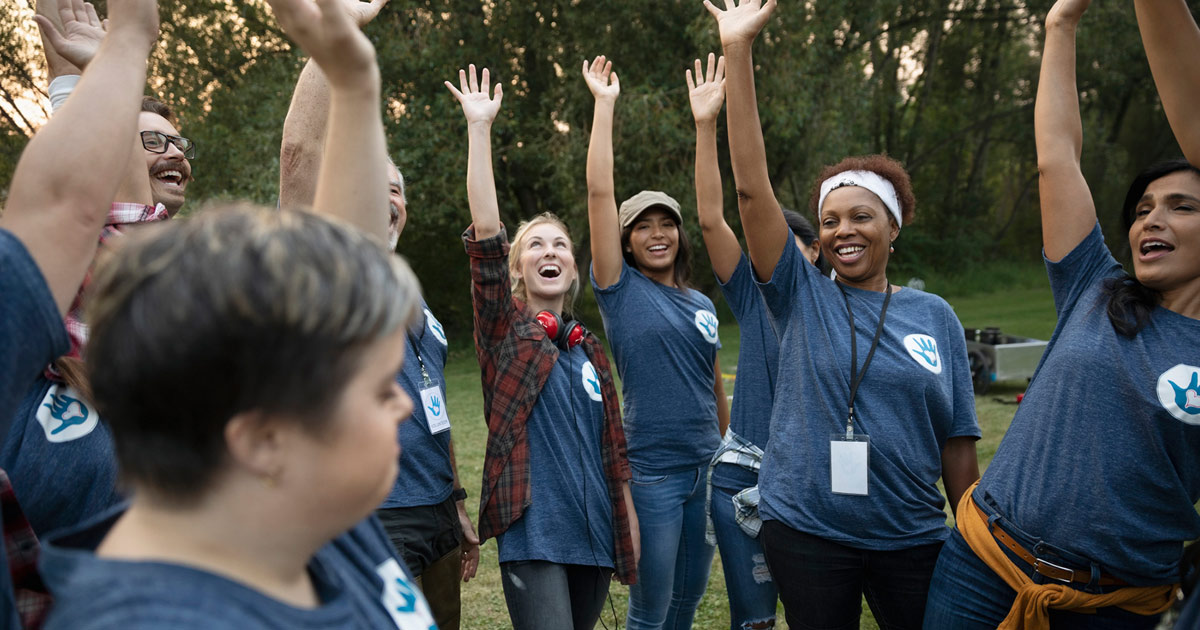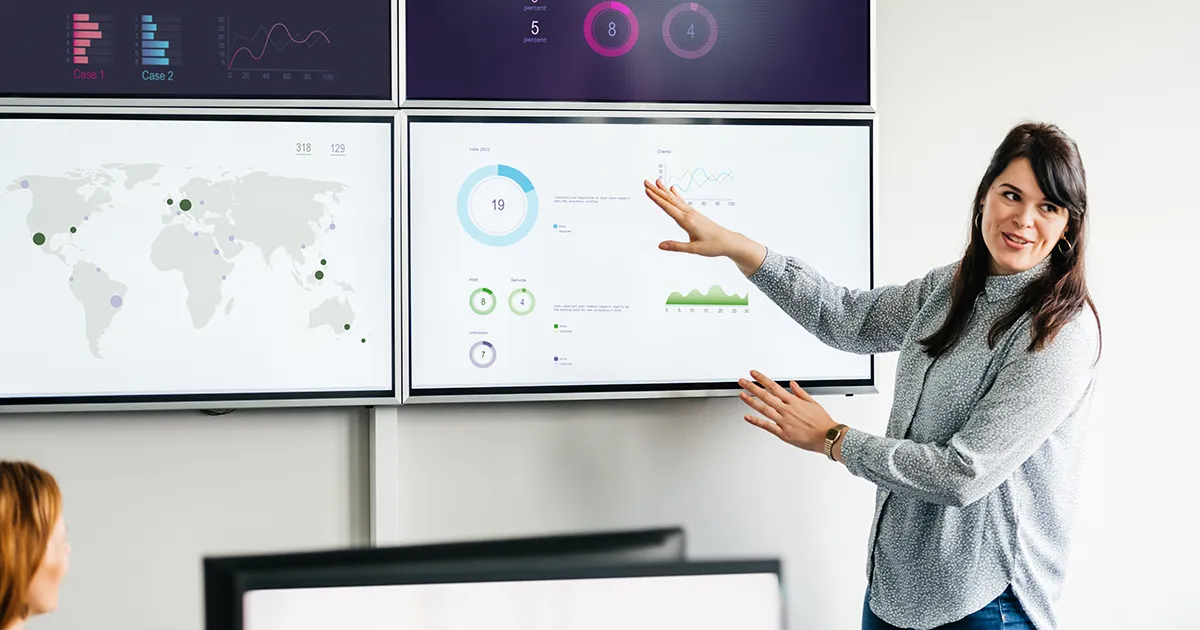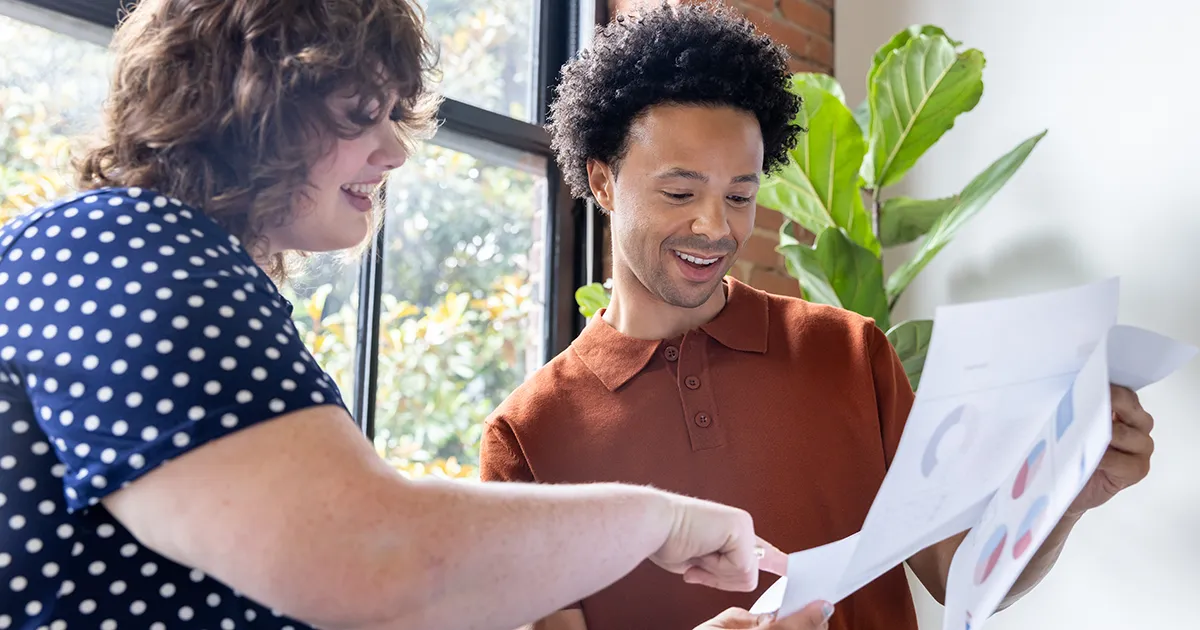In this episode, you'll learn where to begin when implementing Employee Resource Group (ERG) Software for the workplace including how to get company buy-in and integrating with CSR software.
We explore how to get company buy-in, implementation challenges and advice on getting started with ERGs.
This is part two of our two-part series on employee resource group software.
Watch or listen to part one:
What is employee resource group software and how it improves employee engagement
Watch the episode:
Prefer to listen?
What we discussed:
Karl Yeh (00:00):
So today's guest, her name is Stephanie Moe. She's a Social Impact lead with AAA Northern California, Nevada, Utah.
Thanks Stephanie for joining us today.
So when looking to implement ERG software, where would you start? What did that process look for you at AAA?
Where to begin when implementing ERG software
Stephanie Moe (00:44):
When we decided on the software, I really started by just getting alignment and aligning all of my internal stakeholders.
So having a conversation with my manager, the ERG manager and the ERG chairs, as well as internal business partners, like our comms team, and of course, IT, just making sure that everybody was aligned and on board.
From there, it was honestly pretty simple. I think having worked with Benevity, having them as a vendor, having worked with them for five years now, it was pretty simple.
I worked really closely with the Benevity team and they really made it pretty easy.
And then, we tried to do as much of the heavy lifting as possible for the ERG chairs.
So they didn't have a lot of extra work on their plate.
They all have other jobs to focus on, not to mention their other ERG work. So tried to make it as simple as possible, had some pre-baked content that was ready to go when we went live.
And then we had a couple training sessions for myself as an admin and then the ERG chairs, just to make sure that they understood how to navigate the site, how to post, how to find reports, things like that, but it really went smoothly.
Karl Yeh (01:53):
So before implementation, actually I've always asked several guests this, how do you go about getting, I guess, your leadership or executives, and maybe you had an easy time at AAA, but what advice would you give to other people who are thinking about ERG software, how would you go about getting buy-in from your executives or leadership or the company in general for ERG software?
How to get buy-in for employee resource group software
Stephanie Moe (02:21):
The buy-in is always the trickiest part.
I think just making a strong case for it.
For us, it was that we had no real way and no work around at the time for accurately tracking ERG membership and engagement.
So just really proving that this was a solution for that, helped to get the green light. And then of course, having it be with a known partner that we've worked with made it a lot easier.
And that it integrated also with our giving and volunteering software was a big part of it too, because our ERGs are so focused on giving back that having it be seamless was really important as well.
So I think just
finding out what problems the software is going to solve for your organization and presenting that is going to be the best way to get the buy-in.
Karl Yeh (03:13):
Now let's shift over to implementation.
What was the biggest challenge that you and your team overcame when looking at the implementation process?
Greatest challenges to implementation
Stephanie Moe (03:25):
Again, it went really smoothly overall, from a technical perspective, there weren't any hiccups there.
I honestly think it was just the behavior change because our ERGs had been up and running for years now.
And they were just very used to our intranet and chat and the member meetings, the member newsletters being the only channels of communication.
Introducing this new space for them to go to, to find information, just like a behavioral change and just making sure that we always have fresh engaging content for people to interact with when they get there, when they check, would probably be the biggest things, but technically there were no major hurdles, thankfully.
Karl Yeh (04:05):
And do you have any advice for your peers who are looking to adopt ERG software?
Advice on getting started with ERG software?
Stephanie Moe (04:12):
Do it. Definitely, do it.
Our intranet just didn't have the capabilities to create that kind of space, and I'm not sure that any of them do.
If yours does, that's great. Ours did not.
So this really does create that community, especially if you're trying to get an ERG program off the ground, having that space for them initially is going to be a huge benefit in helping to build those groups and to scale those programs.
It really has created, not just a space for the individual ERGs to connect, but for all of the ERGs. They have their own spots to share and engage and it's been really great.
Karl Yeh (04:52):
So how important is the integration between ERG and CSR in your opinion and what impact do you think it will have?
Integration between ERG and CSR systems
Stephanie Moe (05:04):
Yeah. It's been pretty critical.
Again, our ERGs have a big focus on giving back and we've created a lot of custom content over the years. It's great that when they are talking about a giving opportunity or a volunteering opportunity, it's just a click away.
And if they open the link, it's seamless. So that functionality was pretty critical for us.
I think, especially over the last couple years and to use a term that I heard at Goodness Matters, we're seeing increasing desire and importance on connecting inclusion and impact and having that space, especially when that space talks to your giving and volunteering platform there.
It really helps to make that connection for you.
So, yeah, it's been pretty critical for us to make sure that the two systems talk to each other and it's been really nice to have that there, because the last thing anybody wants is just another thing to go to and another place to log in.
So just knowing that they interchange very nicely, has been very helpful.
Karl Yeh (06:10):
And what has been the most positive impact since you've implemented ERG software?
Impacts of implementation
Stephanie Moe (06:17):
Yeah. Just that increased sense of community.
Again, I think I've said it a few times, but the chats were really where it was happening for the ERGs on a daily basis. But we didn't have a chat group with every ERG member inside of it.
That would be hundreds of people and crazy. But we do have now this space where it's a community, where all the ERGs are. So, frequently, our ERGs share each other's events in their content.
Again, they would do it in the chat, but now it's just all in one spot.
If you're a member of an ERG, you can see what all the ERGs want to share with everybody.
It's all there. So that central place has just been a game changer and making people feel, I think, more of a sense of belonging, which we know is so critical right now, and which is why people join ERGs in the first place.
Karl Yeh (07:09):
Yeah. So Stephanie, if our audience wanted to connect and reach out to you, what would be the best place to reach you?
Stephanie Moe (07:14):
Absolutely. You can send me a message on LinkedIn or shoot me an email.









